Hosting the Olympics games is expensive. Whilst it's an honor to be a big part of the Games, it's also very expensive to do so and these cost may continue long after the games have passed. What to do with purpose built big stadiums afterwards always causes a big problems for host countries. One of these is the V. I. Lenin Palace of Culture and Sports in Tallinn, Estonia.
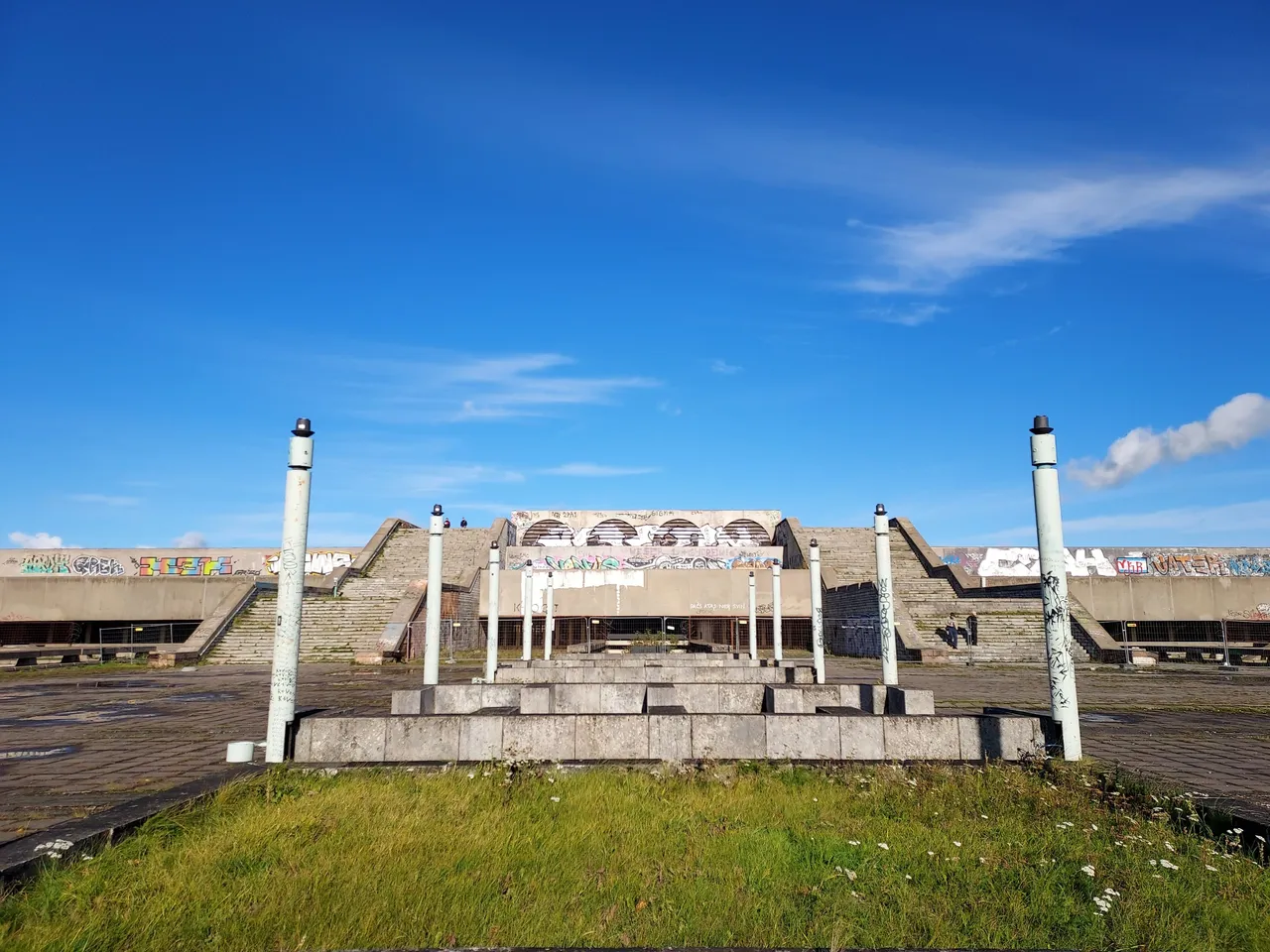
Linnahall
In 1980 Russia hosted the Olympic games. Back then Estonia was still part of USSR until they gained independence in 1991. The capital Tallin was by the sea and Moscow decided to hold the sailing events there. The V. I. Lenin Palace of Culture and Sports was built for this purpose. Today, this building is called the Linnahall, so to be fair to Estonia, Linnahall was an inherited problem that they had no control of.
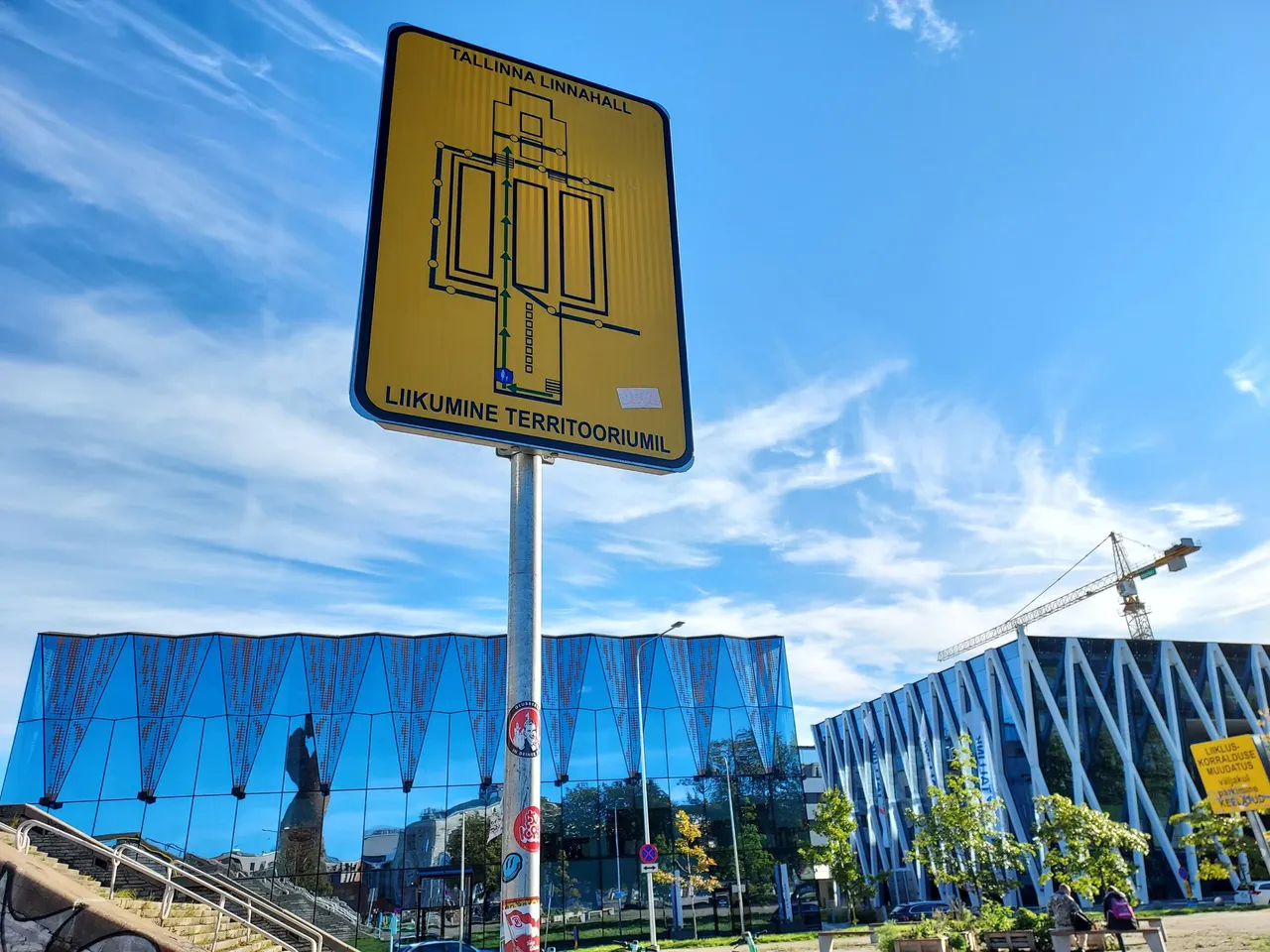
Like many Olympic venues, Linnahall has become a white elephant. The building has already fallen in despair due to the poor construction quality and finishing, very common during Soviet Times. Source Shiny new buildings have sprung up next to it, making the Linnahall look even sadder than it already is.
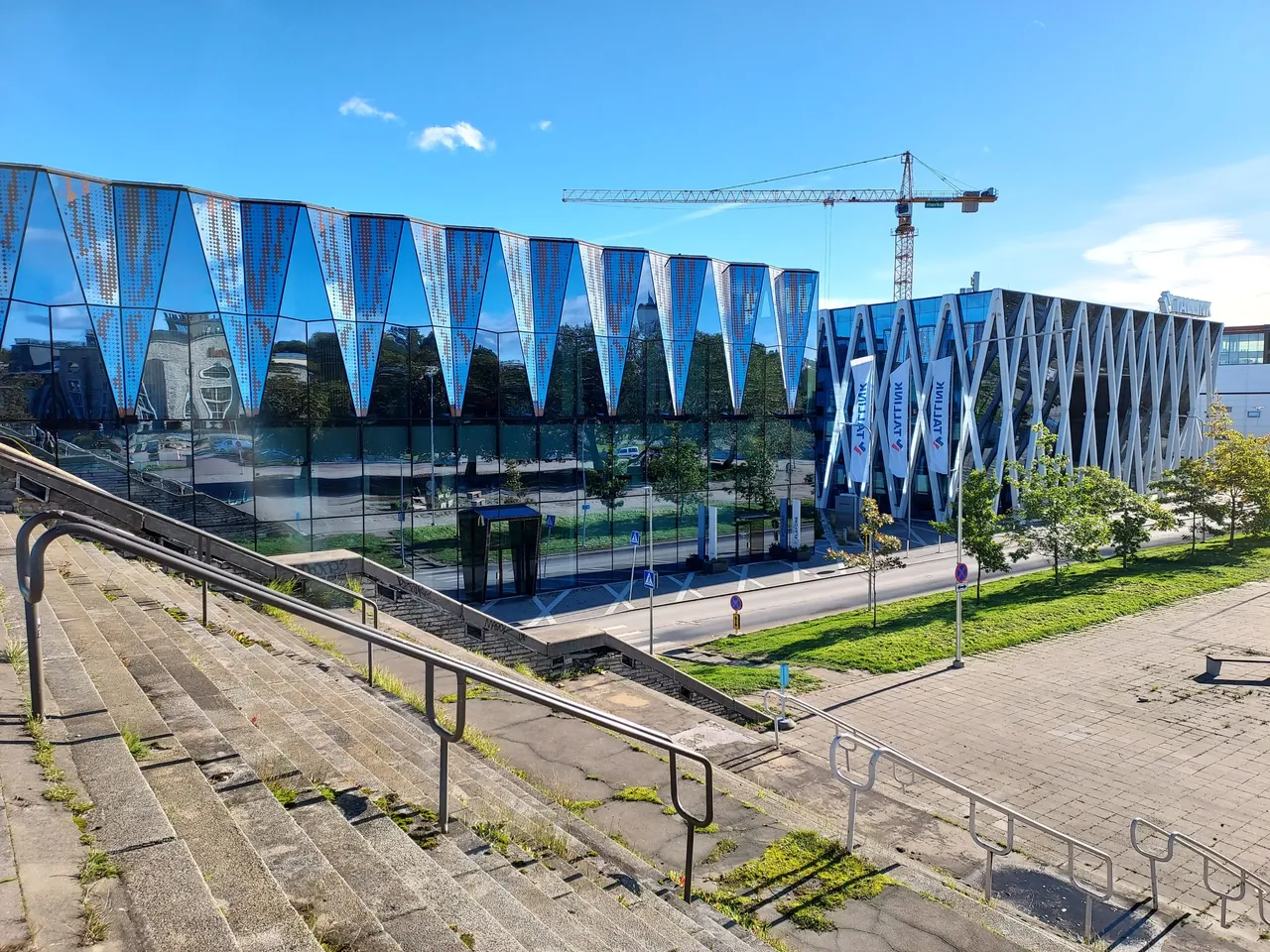
From glory to gloom
Despite it being in such a state, it isn't too difficult to imagine what Linnahall could have looked like in its heydays. Pretty impressive I'd say if you don't look underneath the crap. Exciting visitors flock along the long promenade, climbing up the staircase towards the sea to see the Olympic sailing events. Tallinn Old Town is on the left, the building rooftop bobbing out just enough for visitors to catch a glimpse, and be reminded what a beautiful place Tallinn is. It must have been such a big contrast to what it is today.
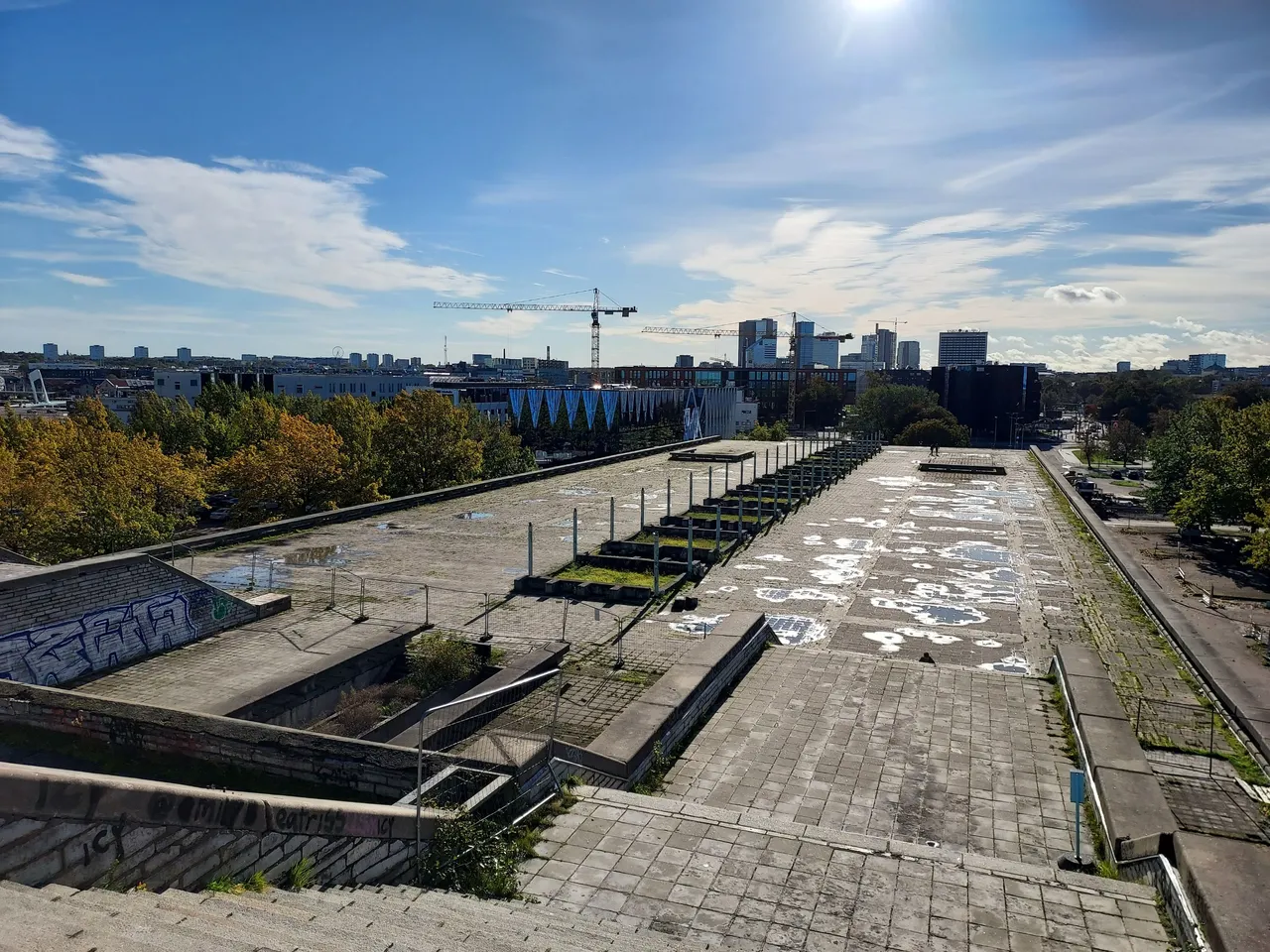


Graffiti runs wild here now, as would be expected of any dilapidated buildings. The fall of communism was followed by Linnahall's fall from grace. A price worth paying in exchange for freedom I'd say.




Tensions across the gulf
The rear of Linnahall stretches out to Tallinn Bay and the Gulf of Finland. This would have been where the sailing events were held. I tried to find photos of Linnahall during the Olympic games but not many came up. It was 1980 after all, and many western countries had boycotted the Moscow games. Maybe that was part of the reason there weren't that many photos of the games. During my online search, I found one very interesting observation
It is said, like many other Soviet buildings of the time, that the design and position next to the sea would allow for the building to be fortified easily. Its wide walkways and stairs would make the tiered platform roof accessible for tanks and other armaments if needed. Source
Looking back at my photos now, this is so true. Finland is less than 100 km away and Sweden 430km. The whole layout of the structure would have made it pretty easy for Russia to launch some sort of attack if they needed. No wonder these poort neighbours still feel uneasy today.
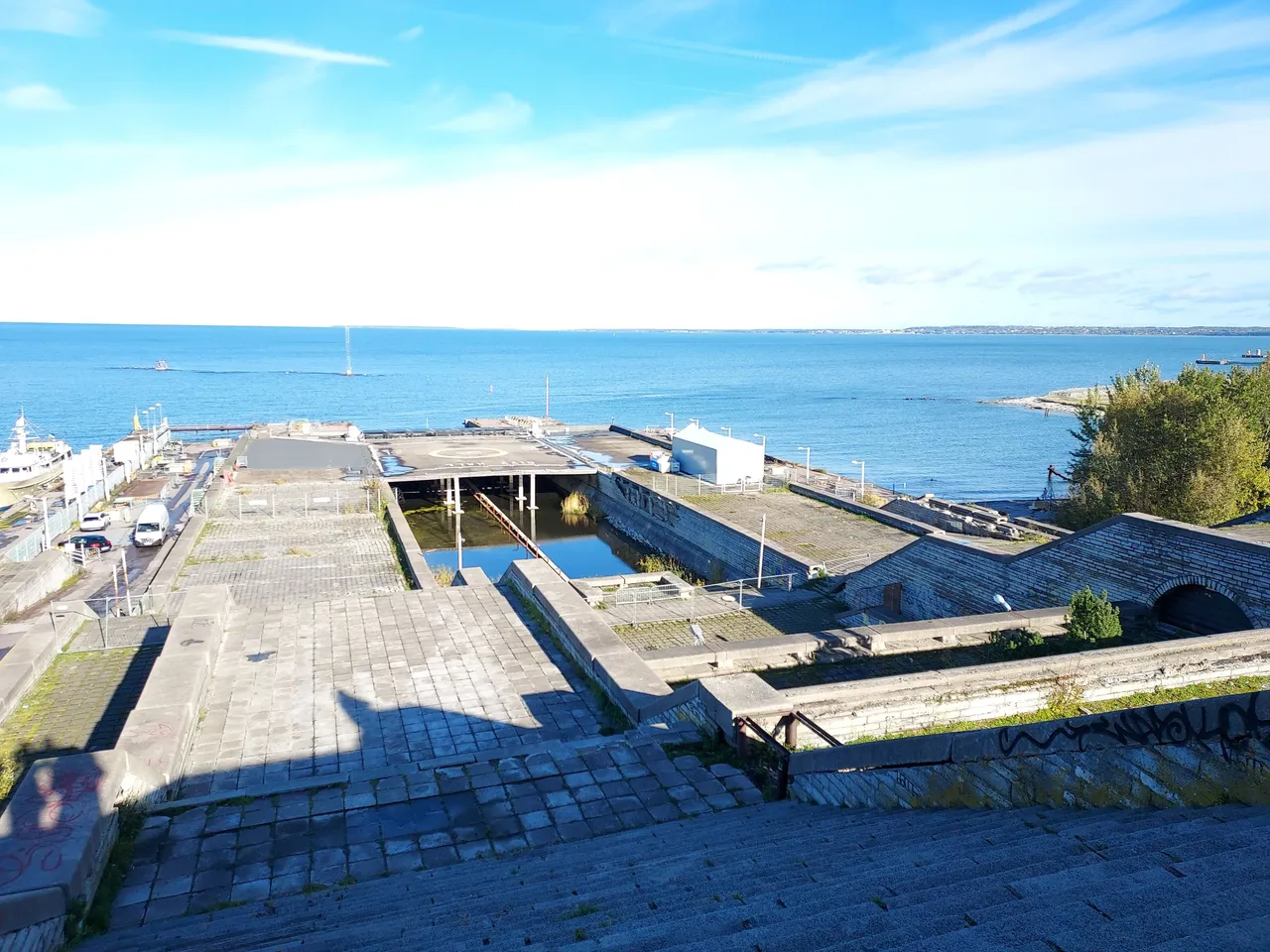
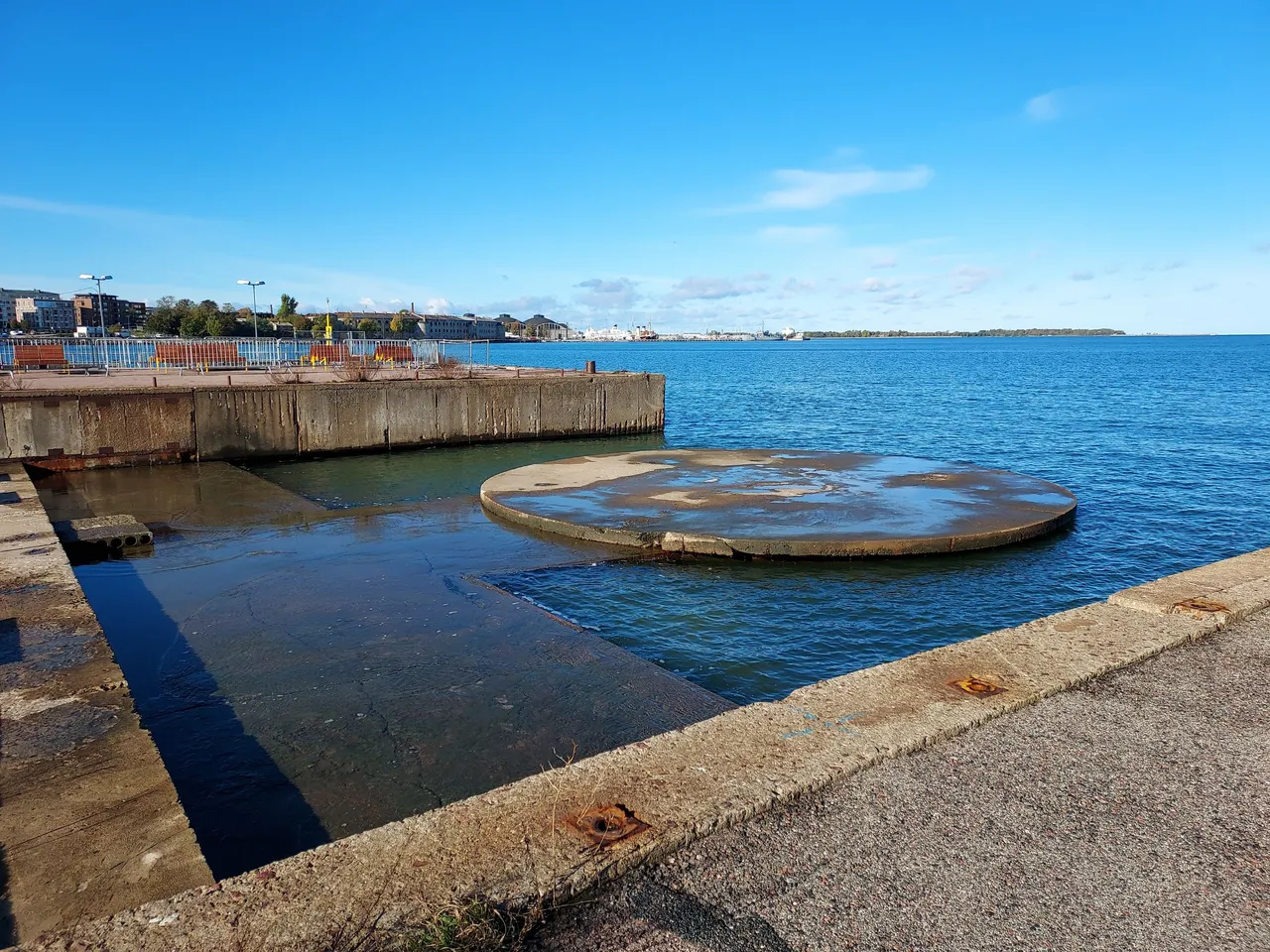
Afterthought
It was a bag of mixed emotion visiting Linnahall. From the moment I first saw the rather grand entrance, the impressive promenade leading to the staircase. So much space but no life. It was like this corner of the world had been casted aside. So sad. Then the grafittis. A familiar sight at all delap buildings, forgotten by most but not the urbex community. I walked out towards the sea. It was refresh and calm. Momentarily I forgot what was behind me, both distance wise and time wise. Maybe for the best.




